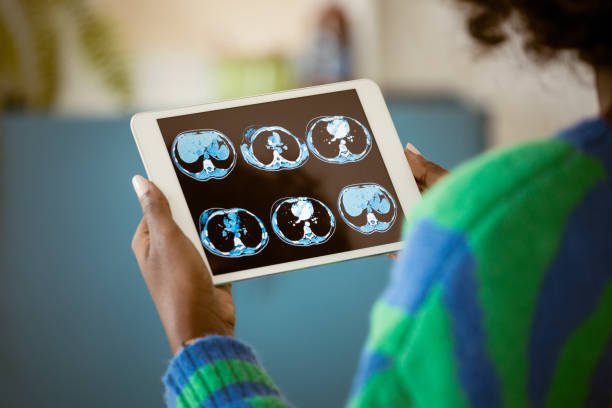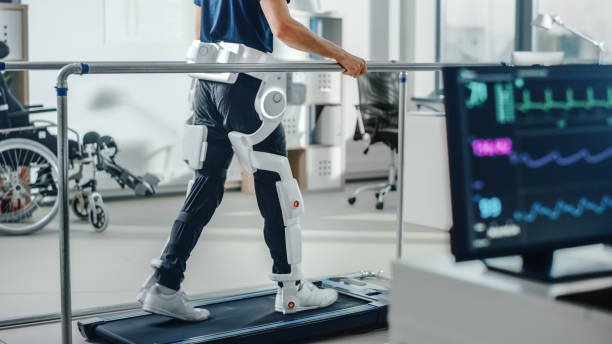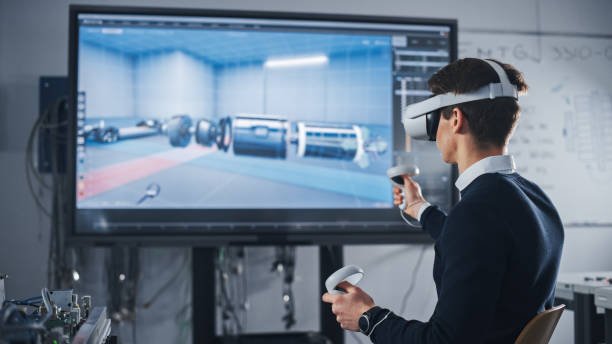
5 Exciting New Technologies – Hassle-Free Post-stroke Rehabilitation
For most stroke patients, the road to recovery is not as simple as reading from a textbook, because it is actually a very challenging road to restore the physical condition to the state before the stroke, or to completely regain health. Sex, and a long way to go. Fortunately, modern medical technology has developed and can provide you with a variety of support and help. These new technologies can not only stimulate patients’ learning ability, activate plastic nerves, and even help patients restore their physical functions. The following 5 new technologies can truly help you make the difficult road to stroke recovery less difficult.
Tablet Computer
Tablets are a valuable aid in post-stroke rehabilitation and are a tool that many patients and rehabilitation therapists rely on. For example, tablets can store picture cards and word cards frequently used by rehabilitation therapists, and can store music and videos to facilitate patients’ self-rehabilitation at home or anywhere.

Mobile application
Every patient’s recovery time is different. At this time, the use of apps can not only help patients and their families, but can also provide functions such as tracking medical treatment, medication, speech therapy or brain training. According to a recent study by Constant Therapy, a well-known American rehabilitation app, patients who continue to receive various types of medical stimulation after stroke recover faster and better.
However, many patients still face various difficulties in seeking medical treatment, which prevent them from going to the hospital for rehabilitation. At this time, apps can be used to train patients’ language communication, concentration, memory and cognitive abilities. There are even apps that can train mobility, accuracy of body movements and speed in handling daily tasks.

Neuroplasticity
Scientists have confirmed that neuroplasticity allows healthy brain tissue and human muscles to re-establish connections through new neural circuits. Such connections can provide the brain and nerves with the ability to re-adapt to life after the disease. The process of reshaping may require a long period of reconstruction, or even years of repeated training to achieve. Fortunately, the 1 to 3 months after a stroke is an early recovery period, and the healthy brain tissue that has not been affected will be particularly active and actively establish new connections. However, this is also the time when patients face the most severe tests of physical and mental strength, so golden opportunities for recovery are often missed.

Robotic exoskeletons
For most stroke patients, it is nearly impossible to return to the activities they were doing before the illness. Therefore, exoskeleton rehabilitation robots have become one of the latest rehabilitation tools in current technology. By wearing a robotic exoskeleton, patients can regain a certain degree of mobility. This invention not only helps the patients themselves, but also reduces the burden on rehabilitation therapists, who need to lift or move with their bare hands. The toil of the patient’s limbs.

Telerehabilitation
Stroke patients not only face the challenge of difficulty in limb movement, but also face the discomfort of returning to daily life or social environment. Therefore, telerehabilitation can use 3C equipment to place patients in a virtual reality-like 3D scene, allowing patients to simulate the path in advance, feel the atmosphere, become familiar with and integrate into the environment. Just like playing a game, the virtual world can give patients a realistic feeling and a chance to return to life more easily.













